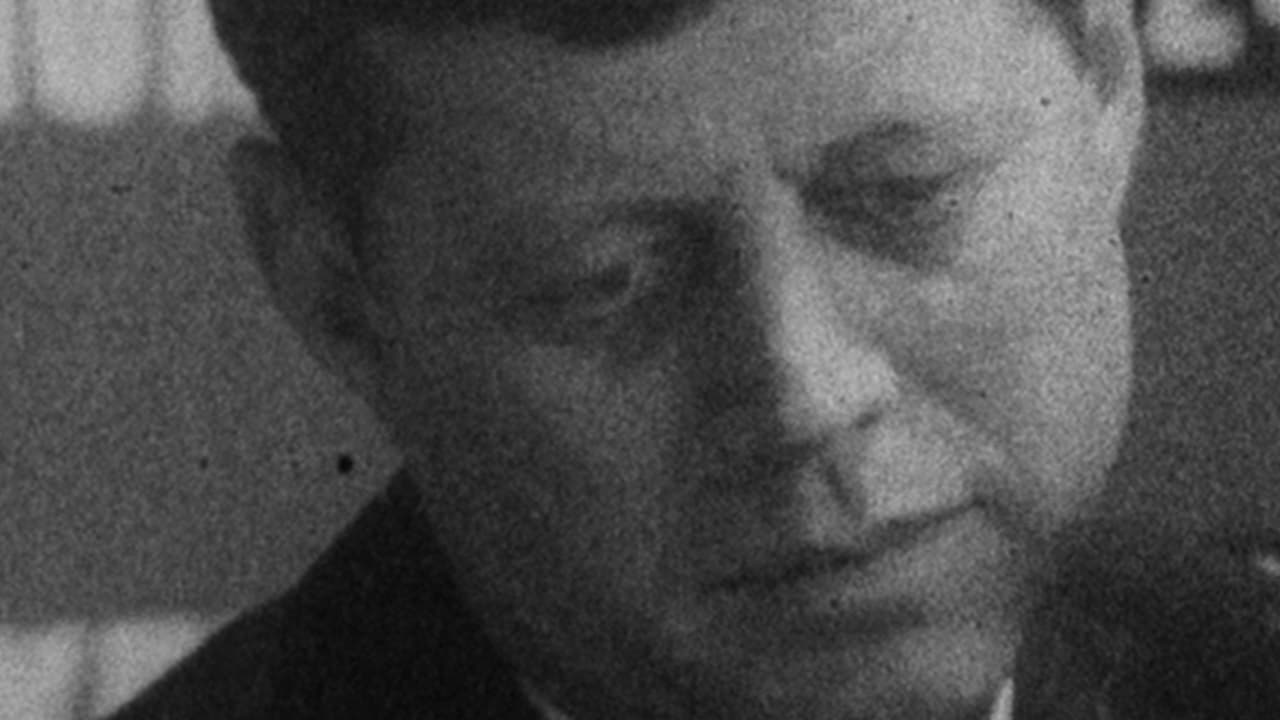

Robert Drew shows the sights and sounds from the funeral of President John F. Kennedy in November, 1963. Preserved by the Academy Film Archive in 2002.
No Trailers found.
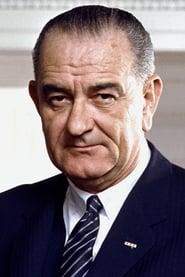
Self (uncredited)
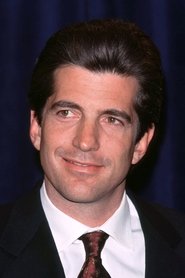
Self (uncredited)
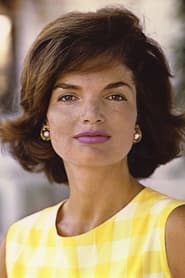
Self (uncredited)

Self (uncredited)
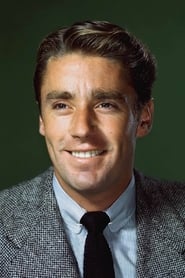
Self (uncredited)
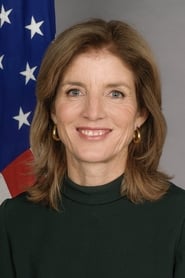
Self (uncredited)